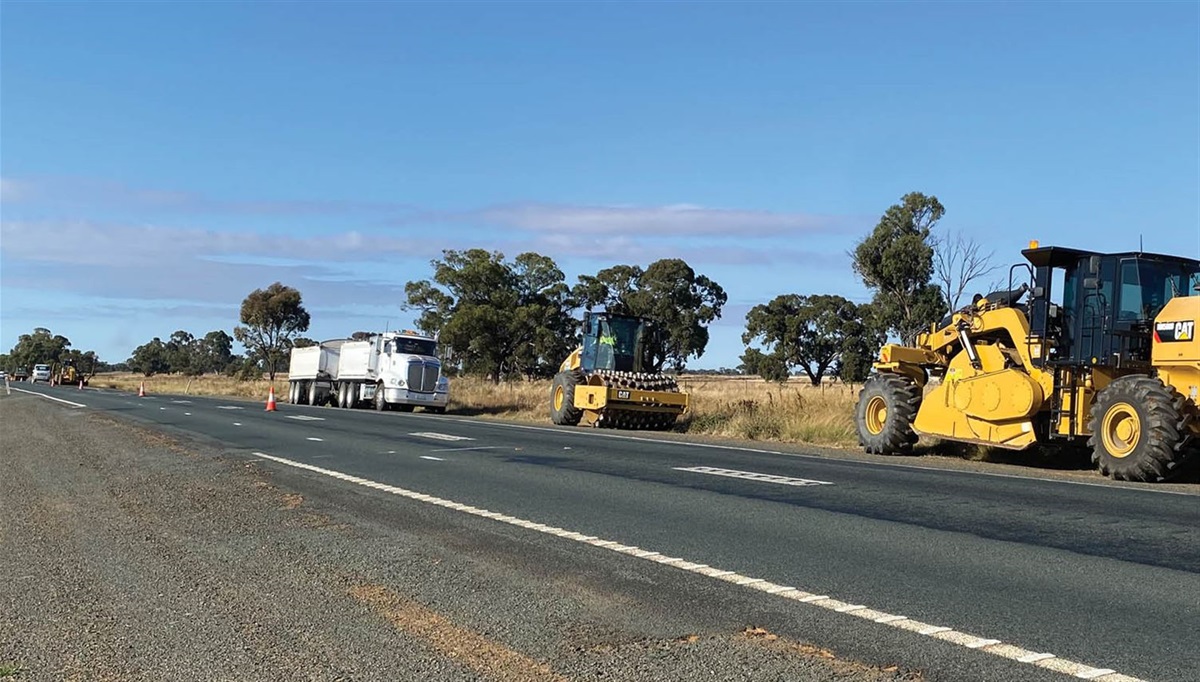The federal government last night made a range of commitments to women’s safety.
Marie Segrave
Professor of Criminology
Stefani Vasil
Postdoctoral Research Fellow, Monash Gender and Family Violence Prevention Centre
Siru Tan
Lecturer, Criminology, Monash Gender and Family Violence Prevention Centre
JaneMaree Maher
Professor of Sociology
In addition to the $1.7 billion investment in October 2022, which broadly committed to work related to violence against women, the 2023 budget measures include $589.3 million funding to support women’s safety, as outlined in the Women’s Budget Statement.
Importantly, we can see an emerging agenda for transformation, recognising the specificity of temporary migrants’ experiences of family violence, and the need for system reforms that can better-protect women.
Harmony Alliance celebrates the $38.2 million investment to extend the current Escaping Violence Payment (EVP) and Temporary Visa Holders Experiencing Violence Pilot (TVP) to January 2025. @AustralianLabor #auspol #Budget2023 #ausecon
– Harmony Alliance (@aus_harmony) May 9, 2023
Last night’s commitments included two key announcements:
- Access to the family violence provision will be expanded to a range of visas that have a pathway to permanency. This replaces the previously very restricted access to this safety net in the migration system.
- Additional funding to sustain the Temporary Visa Holders Experiencing Violence Pilot (TVP) until 2025.
These are welcome reforms.
Our research has highlighted the importance of paying careful attention to temporary visa holders experiencing family violence who are not on a pathway to permanency, and therefore are excluded from access to a range of support mechanisms (Maher & Segrave, 2018; Segrave, 2017, 2021; Vasil, 2023).
Today was a big day.
At the @PressClubAust, I outlined the Albanese Government’s commitment and vision to fixing Australia’s broken migration system. pic.twitter.com/OfKX2JPs5W
– Clare O’Neil MP (@ClareONeilMP) April 27, 2023
We are also members of the National Advocacy Group for Women on Temporary Visas Experiencing Family Violence, and while these reforms go some way to addressing the desired policy change outlined in the 2022 Blueprint for Reform, they don’t yet go as far as we need.
So, what else is needed to secure the safety of temporary visa holders? We highlight two critical asks.
1. Family violence provisions are only for people on a pathway to permanency
We know people come to Australia on temporary visas (for example, on a student or skilled work visa), form relationships, may have children, and that these relationships may become abusive.
We know people who are already married come to Australia (for example, on a visitor visa) while awaiting a partner visa application decision, or before an application has been made, and are in abusive relationships.
Women in these situations have no safety net. We need to urgently prioritise women’s safety by introducing a substantive temporary visa to protect victim-survivors of domestic, family and sexual violence, as detailed in the Blueprint for Reform. This would allow women to remain in the county for a number of years, to work, have access to social support, and to pursue civil, criminal and family court matters that can arise in the context of family violence.
2. Temporary visa holders experiencing violence program needs to be independently reviewed
While the program has supported many temporary visa holders, it’s a limited payment, and the promised review of the pilot program has not yet come to fruition.
We need to better-understand the implementation of the pilot, and what can be done further to support women in this context.
A key question is why there is a need for a separate emergency fund for temporary visa holders.
Currently, a payment of up to $3000 is available for temporary visa holders, while permanent residents and citizens can access a safety net of $5000.
Ideally, anyone experiencing family violence – irrespective of migration or citizenship status – should be able to access an immediate and equal emergency payment that can make a difference to their safety.
Doing this would also reduce the administrative costs of having two systems in place, creating a larger budget pool to reinvest in women’s safety.
Congratulations @JEChalmers & @SenKatyG @AlboMP
“A core test of the fairness of this country is whether we are a gender equal country..our Budget investments are designed to create a fairer go for Australian women & a better country for all Australians” #Budget2023 #auspol pic.twitter.com/VPktucgLPR
– sam mostyn (@sammostyn) May 9, 2023
Finally, we would like to see a more detailed reckoning with the inclusion of the trafficking and slavery agenda as part of the commitment to addressing and responding to violence against women.







